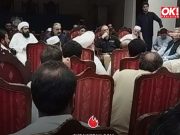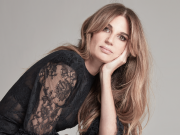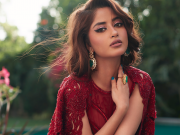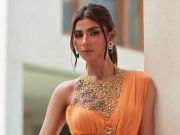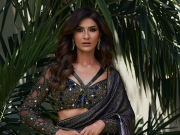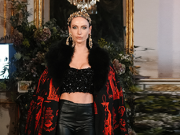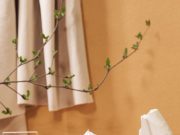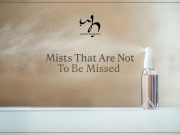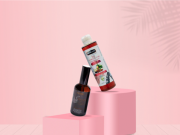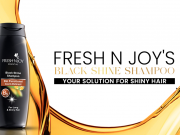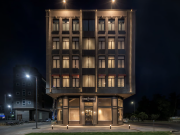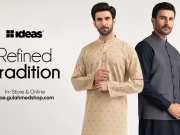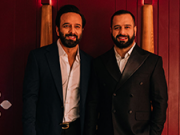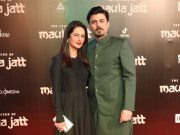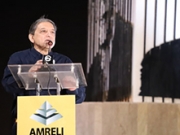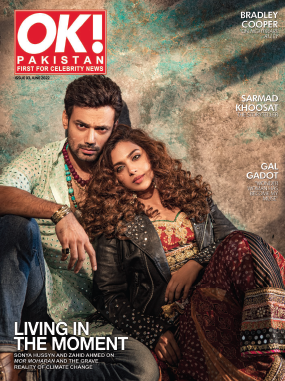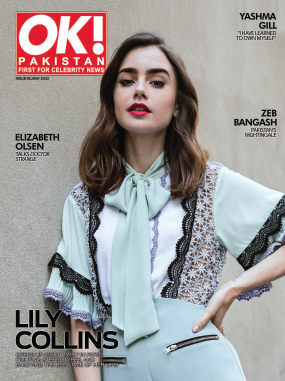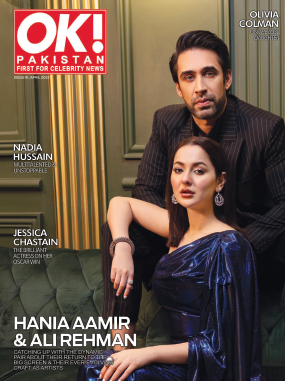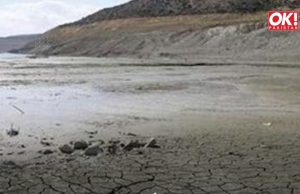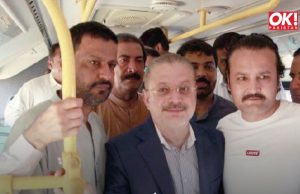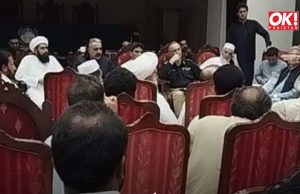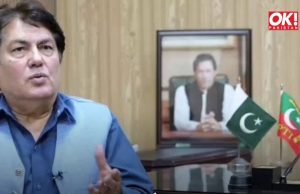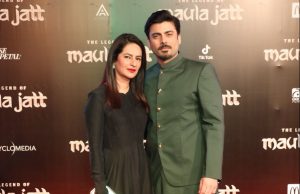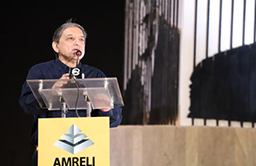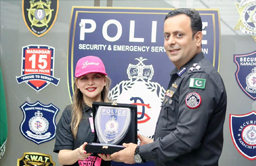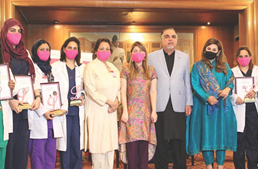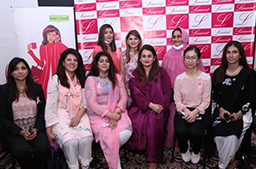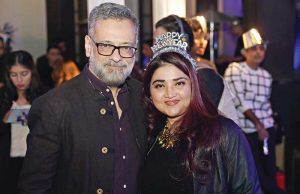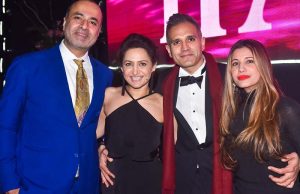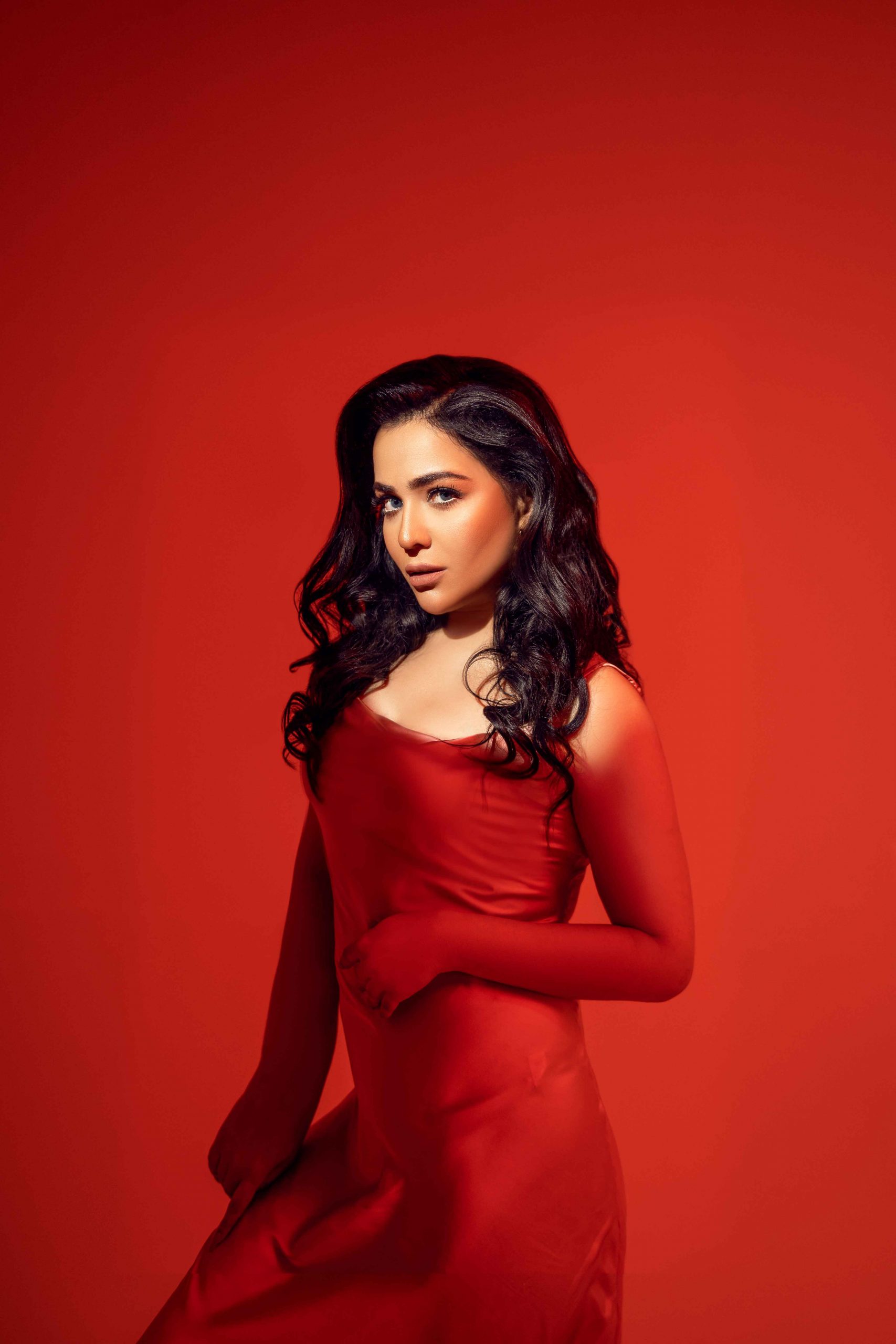 It had been a while since we had seen Humaima Malick on the big screen. 2022 changed that tremendously. Malick returned to cinema in the highest-grossing Pakistani film of all-time, The Legend of Maula Jatt, an adaptation of the 1979 classic. Helmed by Bilal Lashari, the film did wonders at the local and international box office, helping to shape Pakistan’s largely unstable film industry.
It had been a while since we had seen Humaima Malick on the big screen. 2022 changed that tremendously. Malick returned to cinema in the highest-grossing Pakistani film of all-time, The Legend of Maula Jatt, an adaptation of the 1979 classic. Helmed by Bilal Lashari, the film did wonders at the local and international box office, helping to shape Pakistan’s largely unstable film industry.
A key highlight of the film was Humaima Malick’s character, Daaro Nattni, one of the antagonists in the movie. Not only did Humama deliver an incredible performance, she overshadowed many. OK! Pakistan sat down with the star of the film to dig deep.
Humaima, can you please comment on the success of The Legend of Maula Jatt, and what this success means to the future of Pakistani cinema?
HUMAIMA MALICK: I’m just grateful that I was chosen to be a part of such a spectacle by Bilal Lashari and was capable of doing justice to the role of Daaro Nattni. The success of The Legend of Maula Jatt would really help get the ball rolling for Pakistani cinema. I think that producers would manage to take more risks and I hope there will be a healthy cinematic competition ahead of us now.
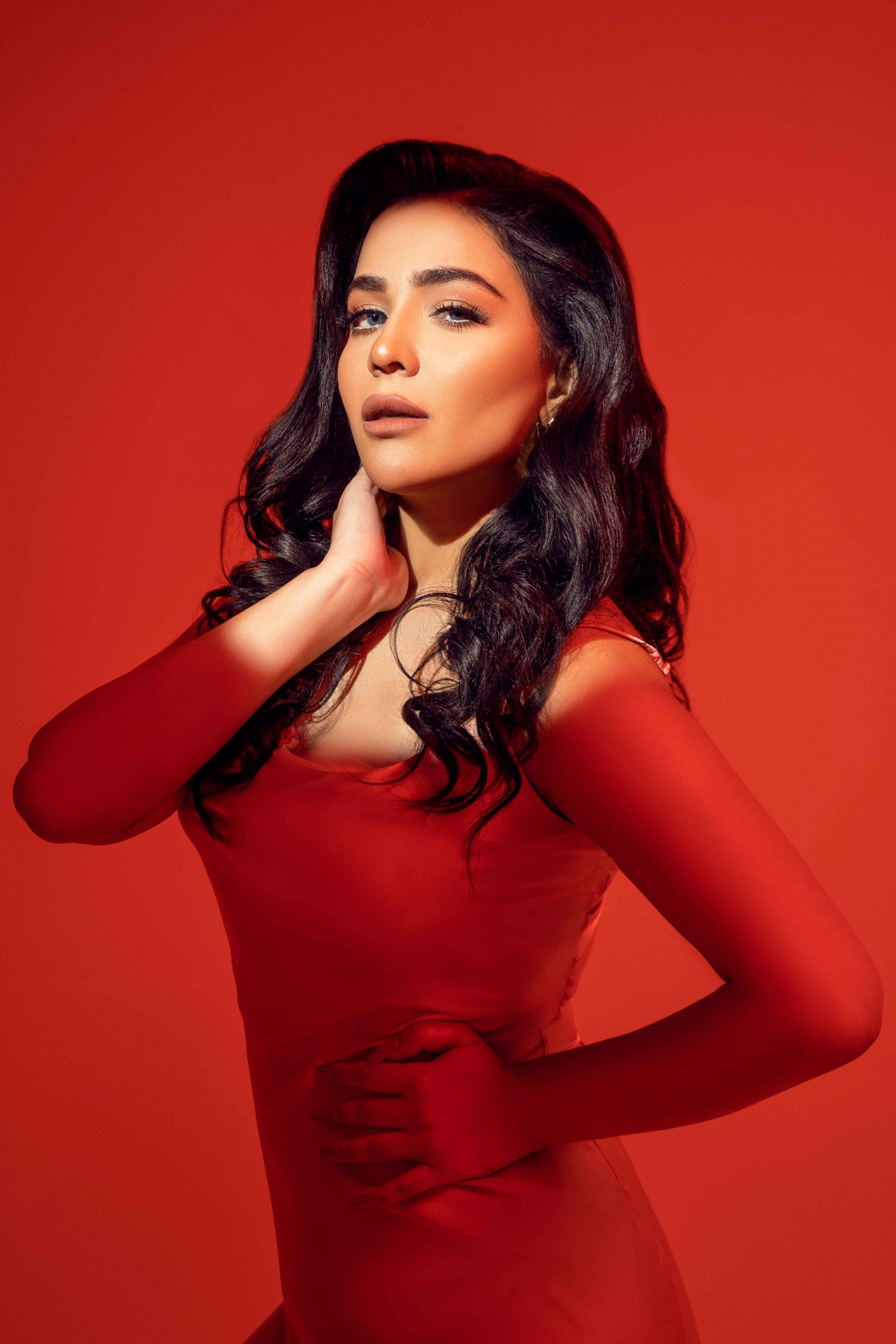 How were you approached for the Maula Jatt adaptation?
How were you approached for the Maula Jatt adaptation?
HM: Approached is not the correct word here. Actually, Bilal Lashari and his team were scouting on a large scale – even internationally – for an actress who could hold the vicious rival character of Daaro, someone who could oppose the protagonist with a subtle touch of vulnerability. I guess I fit the bill and the remake happened.
What inspired you to play the role of Daaro Nattni?
HM: My own journey. What I have become after all that I have experienced throughout my life made me Daaro of my own time and space. Inspirations are derived from our surroundings if we are aware enough. My director, Bilal Lashari, helped and taught me a lot about this character. He actually made me realise how to stand out among the male dominated clan, while still being part of that mob. Bilal referenced Eva Green just to give me an idea of what image he had in his mind for the role of Daaro Nattni. I pursued this character to set a precedent for a female antagonist, so instead of taking inspiration from anyone, I led by example.
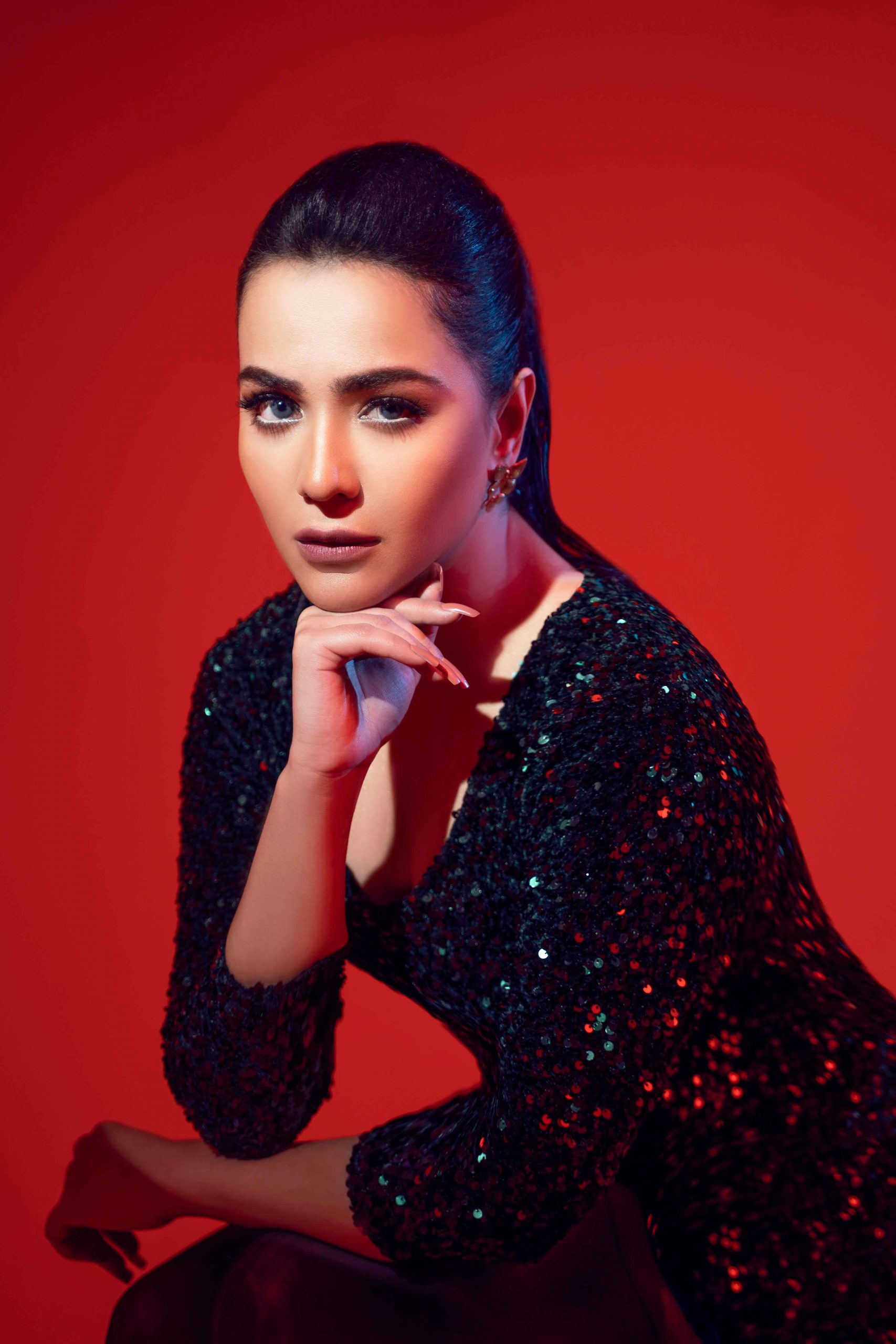 How did you approach the character? What did you do to prepare for this role?
How did you approach the character? What did you do to prepare for this role?
HM: My mother is the real life Daaro (minus the killing part). She is the reason behind every inch of my posture, my walk and my portrayal. She is the queen; the monarch of my life and she taught me how to be Humaima on-screen. My mom is my best critic and a natural mentor. Whatever good I was able to interpret on-screen as Daaro Nattni, it was possible because of her on my side as my strongest faculty. Plus, nothing can go wrong when you have Bilal Lashari constructing and capturing every movement and angle every day. I would really like to acknowledge Mr. Shaan Shahid for giving me a few tips that were really helpful for me on set.
Was learning Punjabi a challenge for you?
HM: Actually, I have never spoken Punjabi before but I think I have always been very good at memorising words. I am fluent in over four exotic languages, and among them Punjabi is relatively very blunt and has an appealing dialect. So, it was never laborious for me because I enjoyed the process of learning and understanding new words of Punjabi.
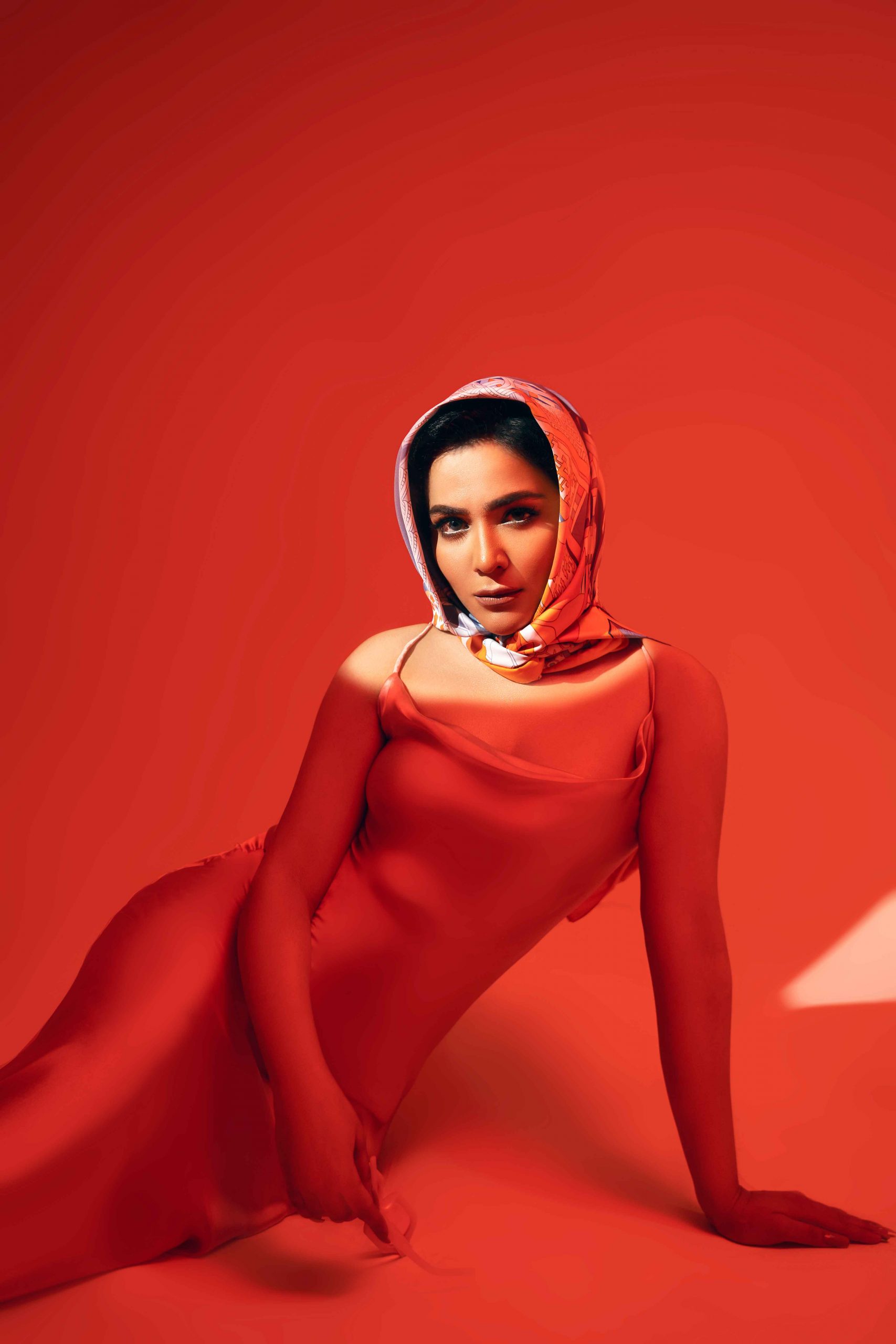 Are you satisfied with your performance as Daaro?
Are you satisfied with your performance as Daaro?
HM: I was content and happy from day one because of the way we were treated on the movie’s set. I mean how can you not be happy when you are so pampered and loved by the people who surround you? You naturally give your best performance!
The satisfaction came after I heard the chanting of cinemagoers calling my performance seeti maaro (whistle) and taali bajao (clap) worthy. How rare of a sight it is that the audience would root for a female antagonist and they laugh when she laughs and cry when she cries. It is beautiful!
Many of the outfits you wore in the film were breathtaking. Who designed them and which outfit stood out to you personally?
HM: Zara Shahjahan was the maestro behind all the looks. She has done a phenomenal job and I was in love with every masterpiece she ever created. Her intricate work with one of the most delicate fabrics to make the cape alone, was hands down one of the best works I have ever worn! One of my favourite memories from the set was wearing lacha (a traditional, Punjabi skirt) for my character. I just felt so comfortable, yet stunning.
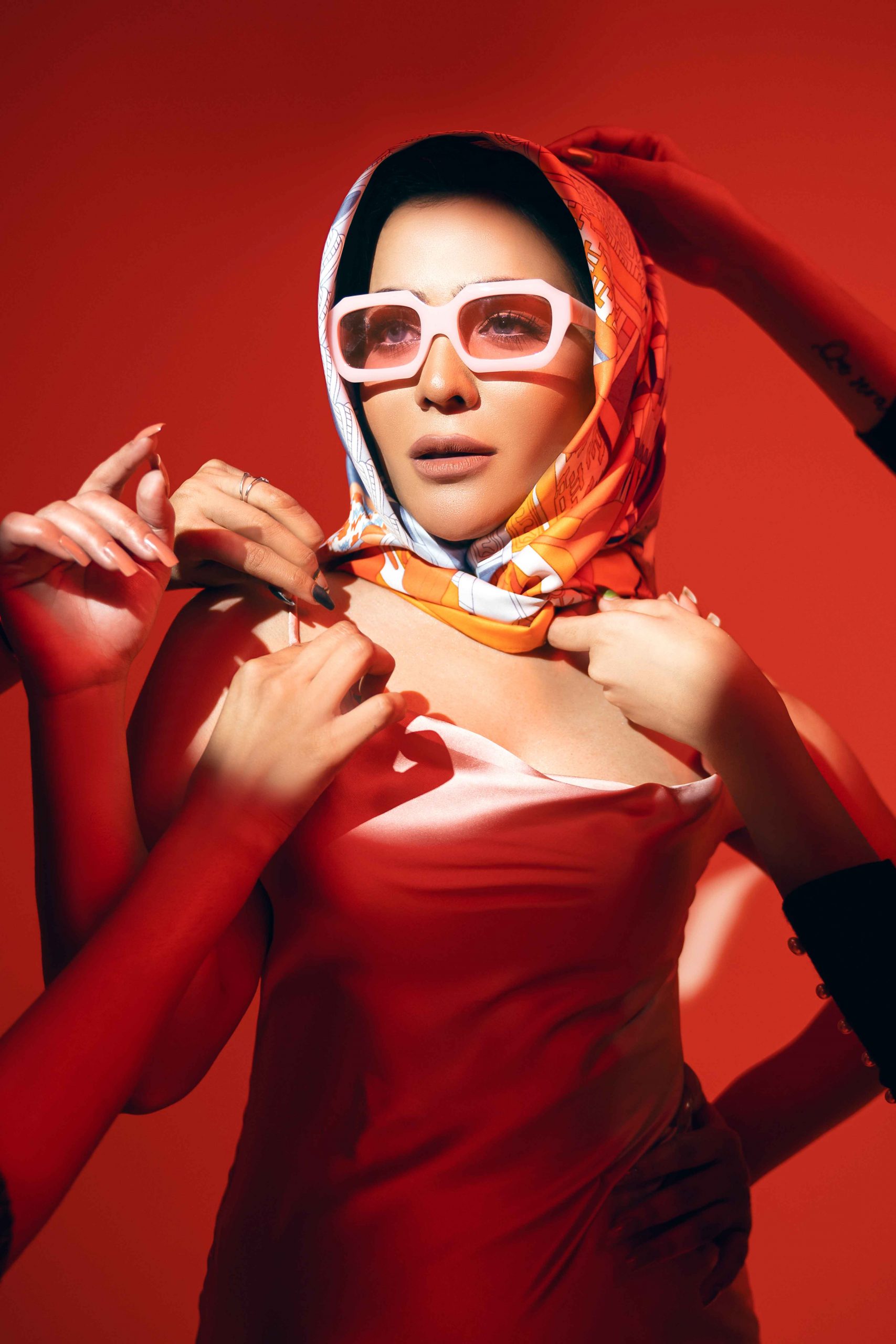 Now that the Maula Jatt adaptation has emerged as the top-grossing film of all-time in Pakistan, what precedent or expectations do filmmakers in Pakistan need to live up to maintain our cinema’s success?
Now that the Maula Jatt adaptation has emerged as the top-grossing film of all-time in Pakistan, what precedent or expectations do filmmakers in Pakistan need to live up to maintain our cinema’s success?
HM: The cinema is a world of fantasy. Now it is up to the makers how they create that world for their spectators. The audience is ready to be entertained because escapism is an inherent part of survival for us. The problem arises when we don’t have enough work to show on-screen. Not every successful movie needs to be made on a 100-crore budget. It all comes down to a gripping story and enthralling performances, so I wish I could encourage more writers and directors to come forward with unique projects. It isn’t even about making movies on a grand scale. Sometimes simplicity can work wonders for people.
Why have you not been taking up as many acting roles as you did before?
HM: I never did excessive work in the past as well just for the fear of being redundant. My strategy has always been to look for quality over quantity of a project that I am doing. Also, I have been involved in some personal commitments, so I was just waiting for the right number of challenges and exposure to get myself back on-screen. I’m excited for my future projects, and hopefully my fans won’t have to wait that long again.
What do you make of Pakistan’s entertainment industry and its progress?
HM: We are an independent film industry, and have everything in abundance. We have some of the best writers, performers and directors. Our scripts are getting more contemporary and unique but we are not utilising our writers correctly. There is a certain grammar and morphology of movie making which lacks in our industry. In our small screens too, we need to change the trajectory of crying women that get channels more ratings.
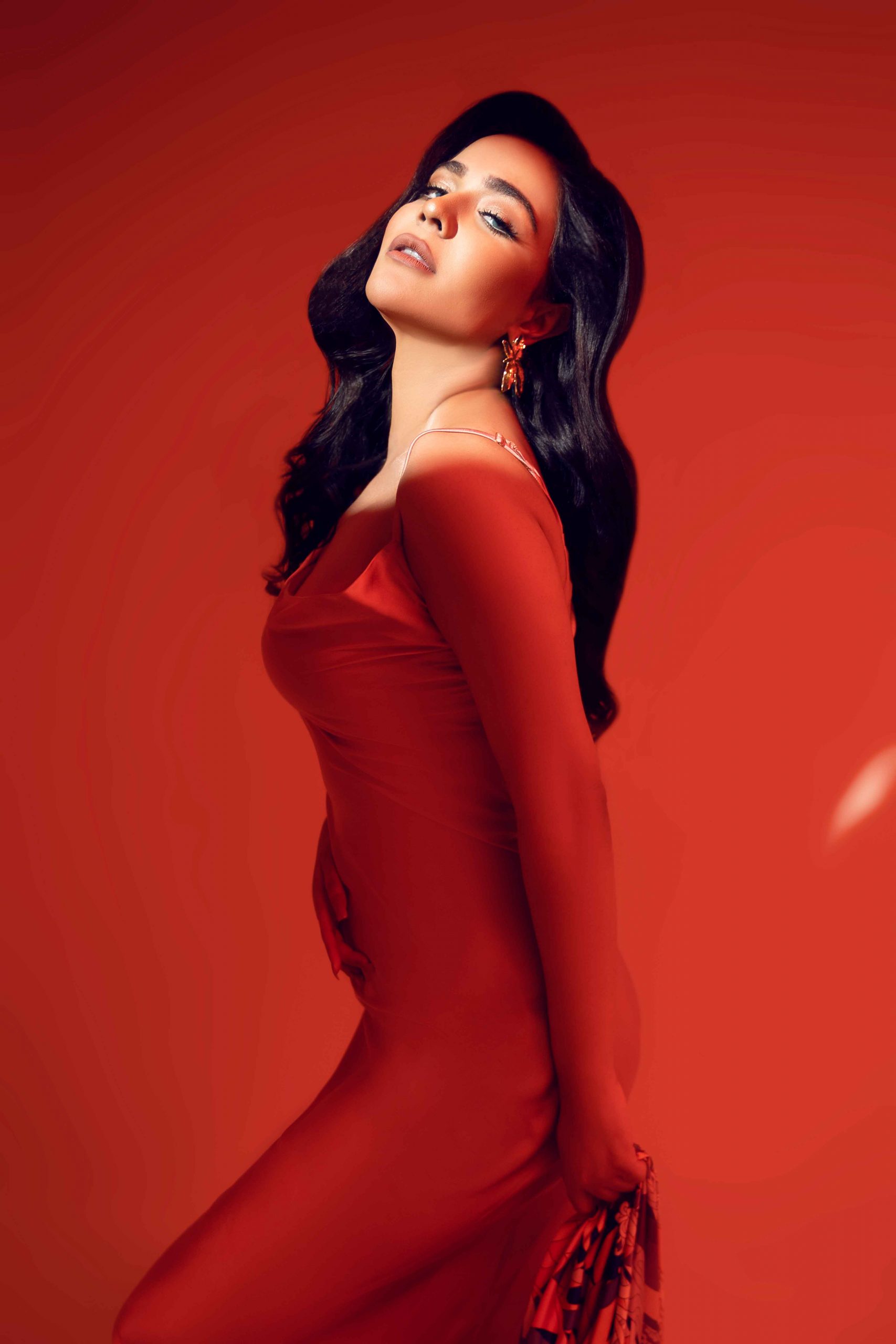 What has been the most challenging part about being a public figure in Pakistan?
What has been the most challenging part about being a public figure in Pakistan?
HM: I am more than just a public figure. There is more than one role and part of me in my real life that I have been playing since the age of fourteen. Every single part is challenging but I embrace all the challenges because I was designed by my creator to navigate my life through these tests.
Is marriage on the cards for you?
HM: Not unless I have cue cards on this topic.
What is your secret to happiness?
HM: To be around my family and to pray for my enemies because they need prayers the most.
Anything you would like to add before leaving?
HM: I’m not leaving, I’m here to stay.
INTERVIEW: HAIDER RIFAAT
STYLING & DIRECTION: RIDA AURANGZAIB
HAIR & MAKE-UP: TAHIRA FROM HEADLINES SALON
PHOTOGRAPHS: ARSALAN AZAN
![]()






